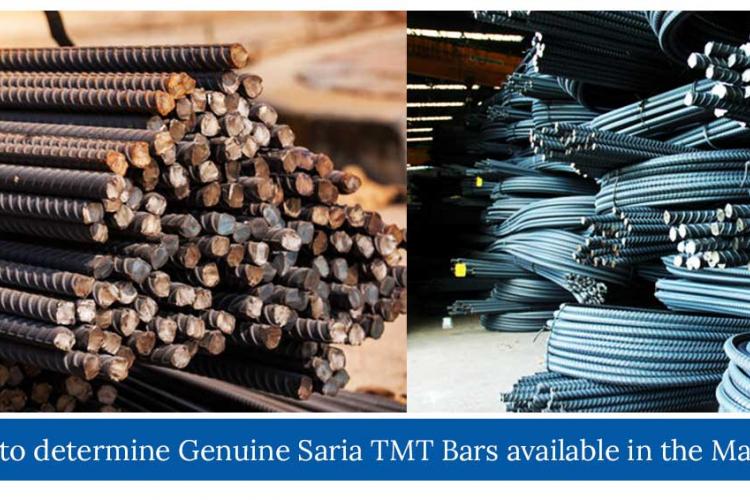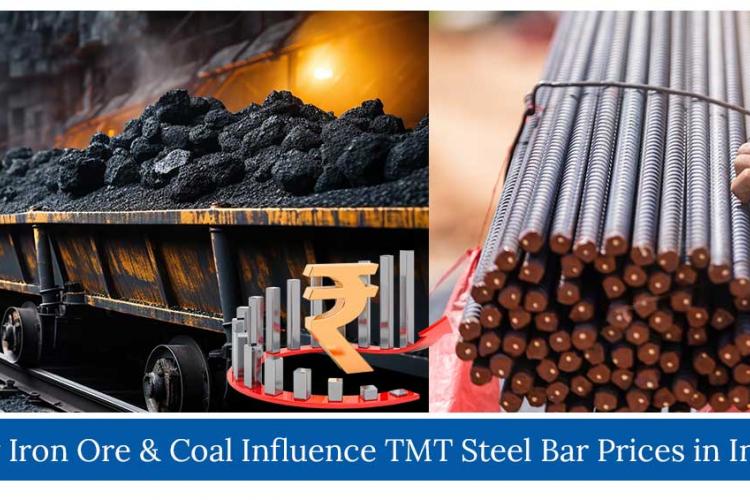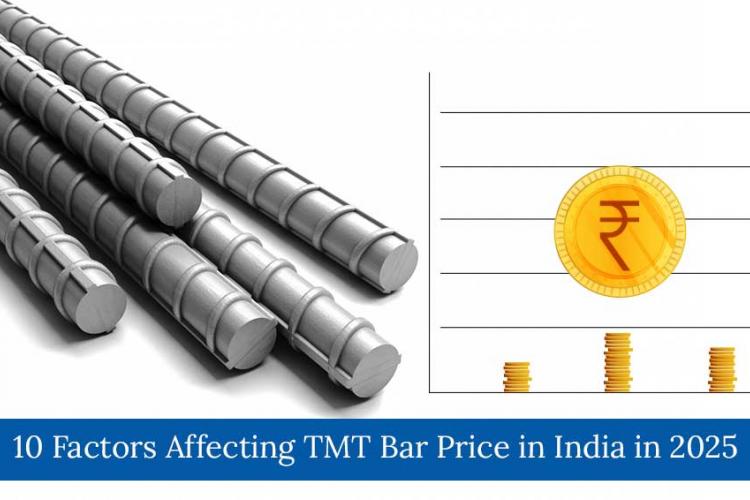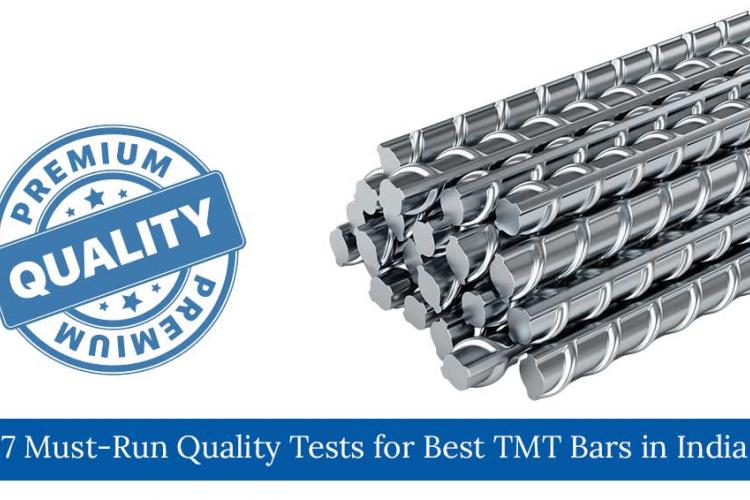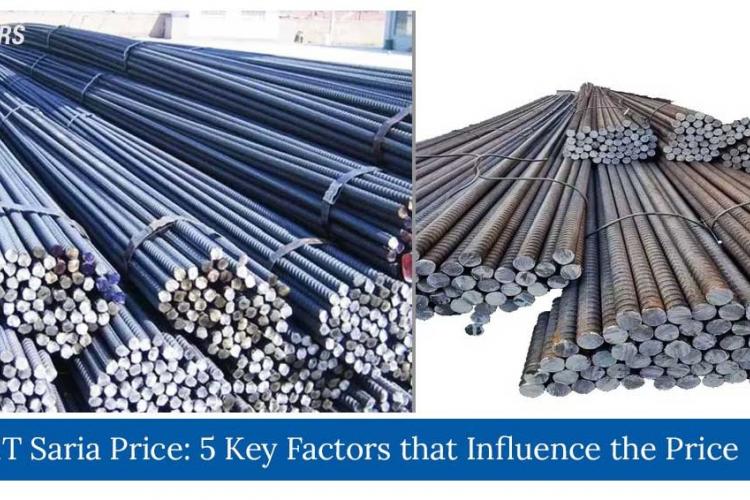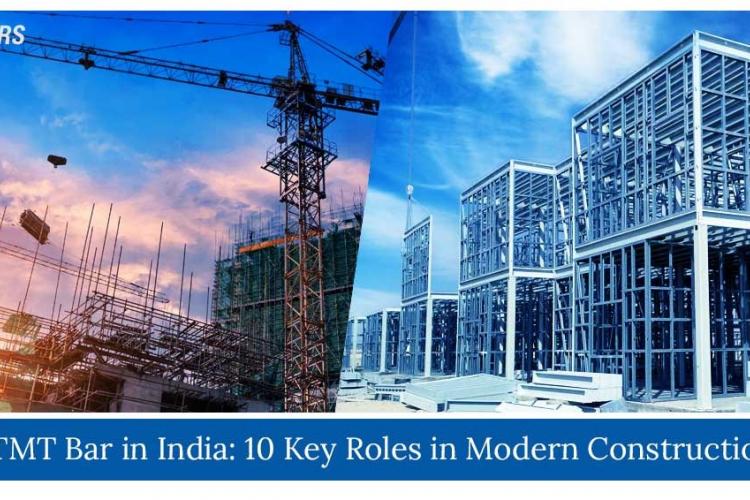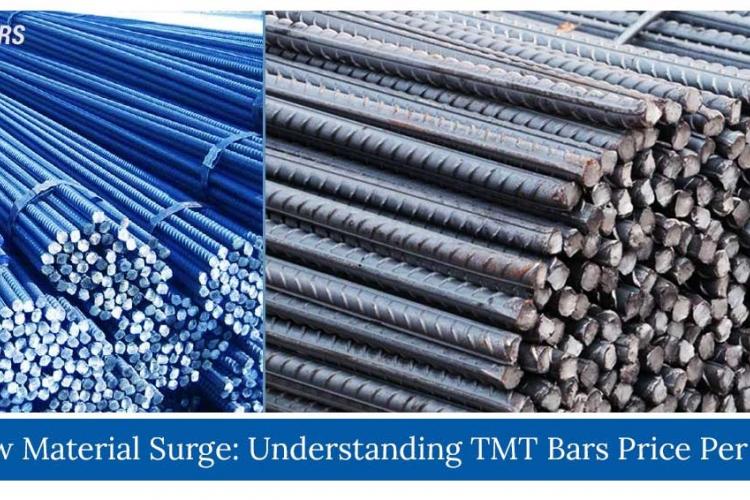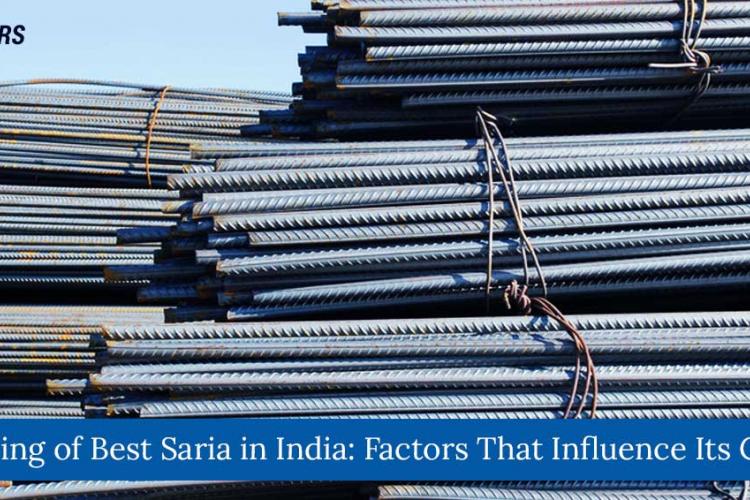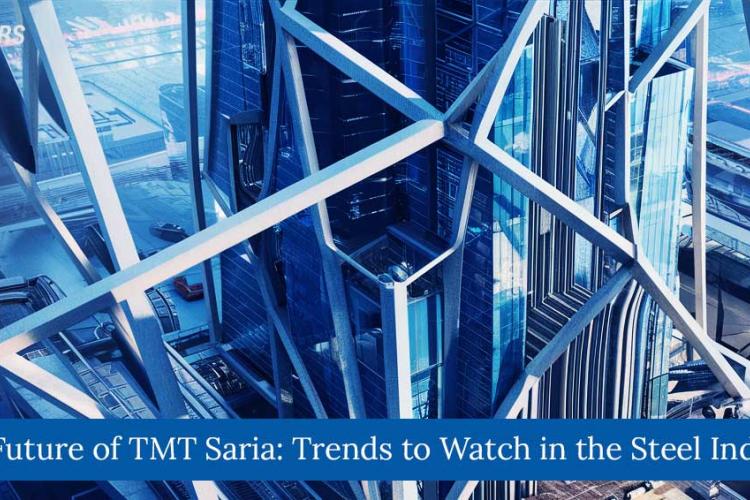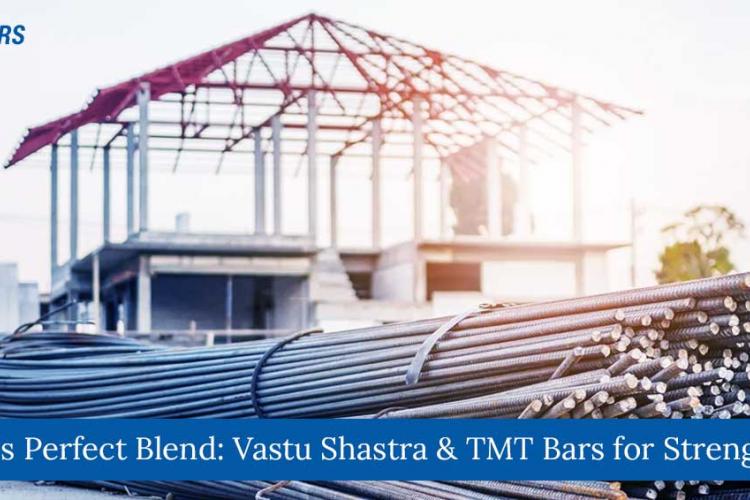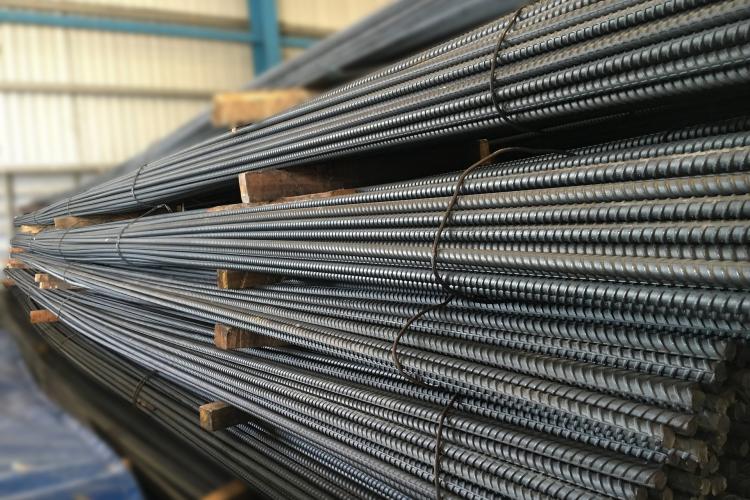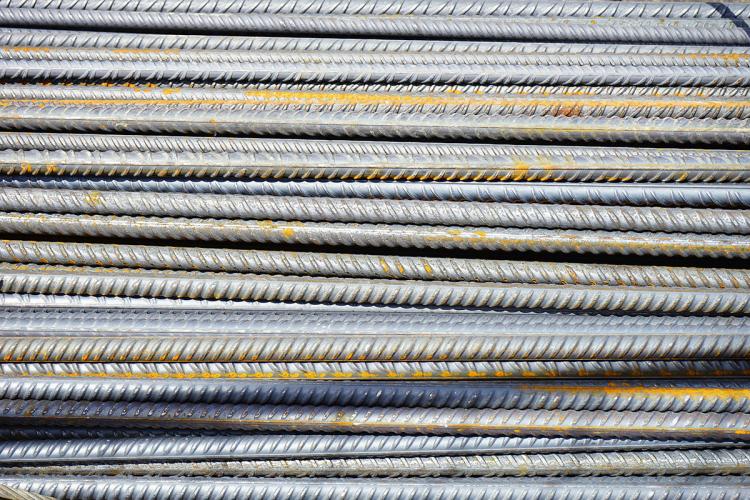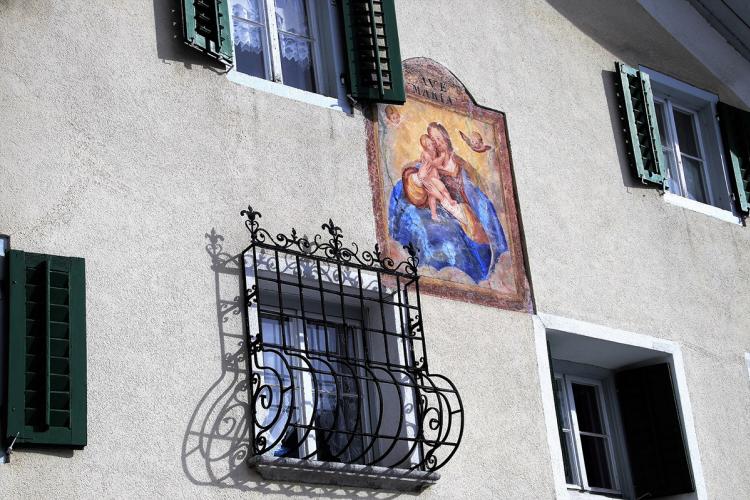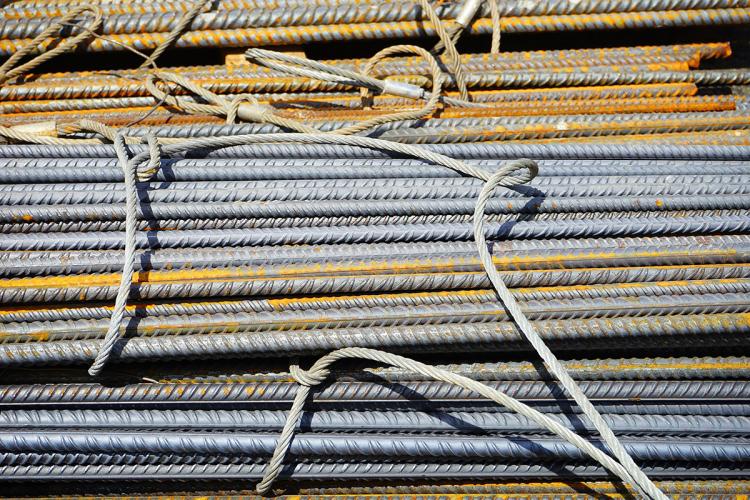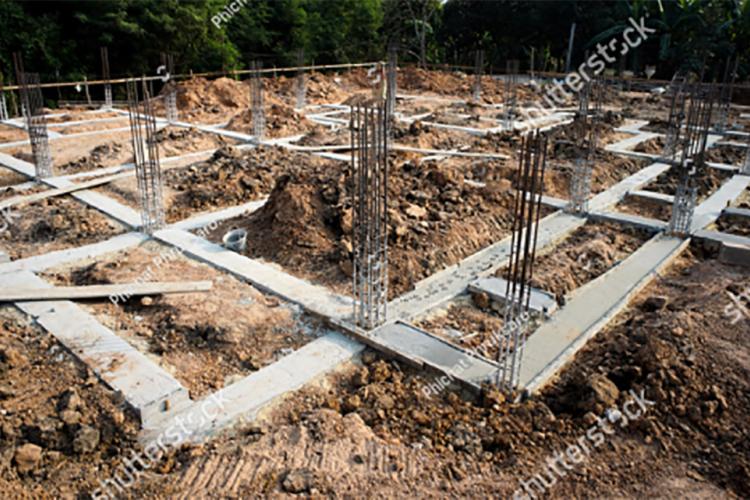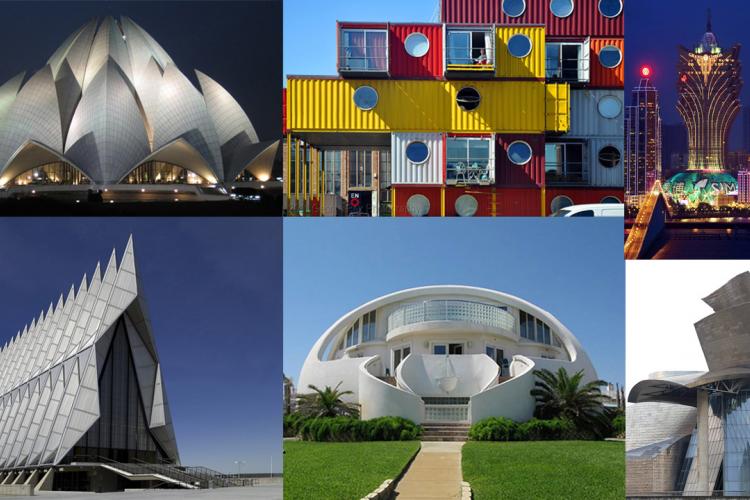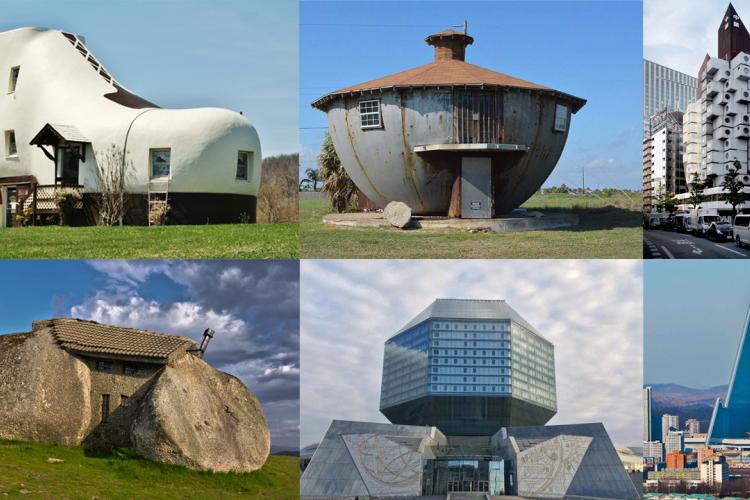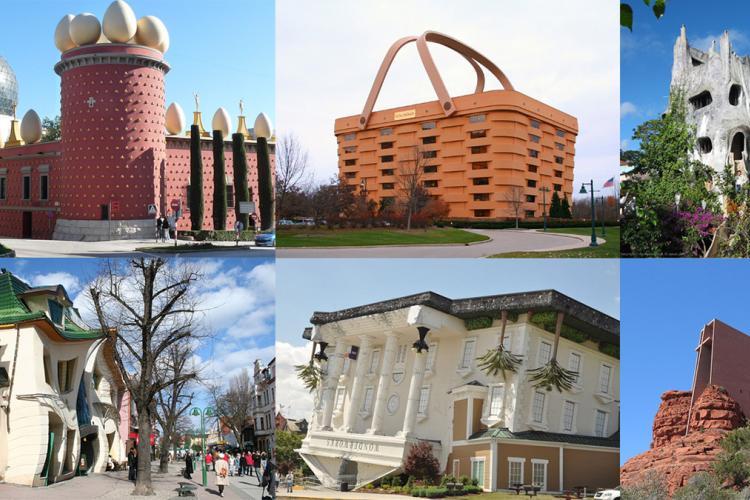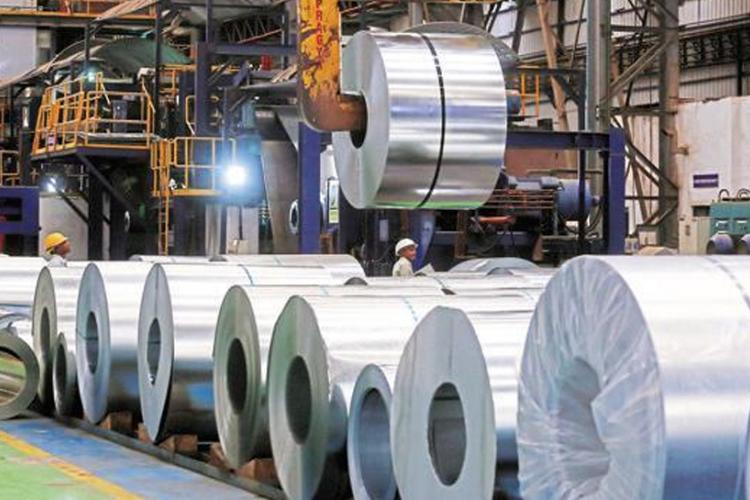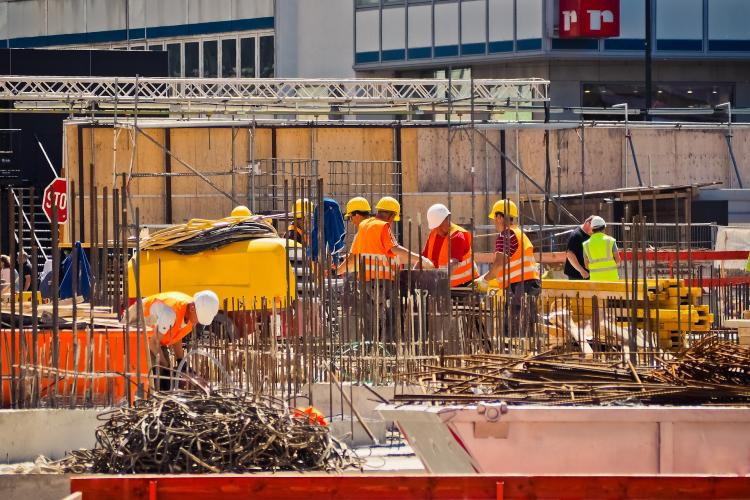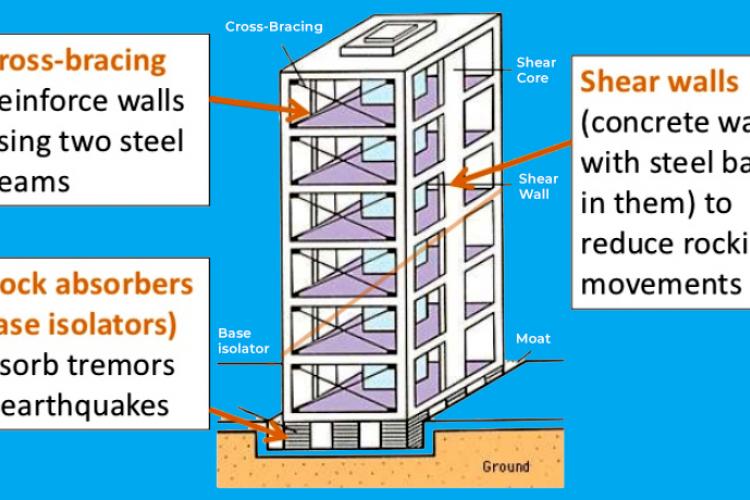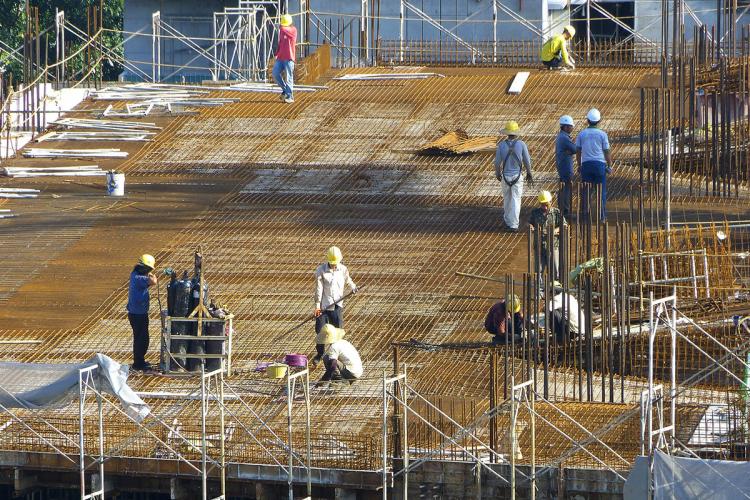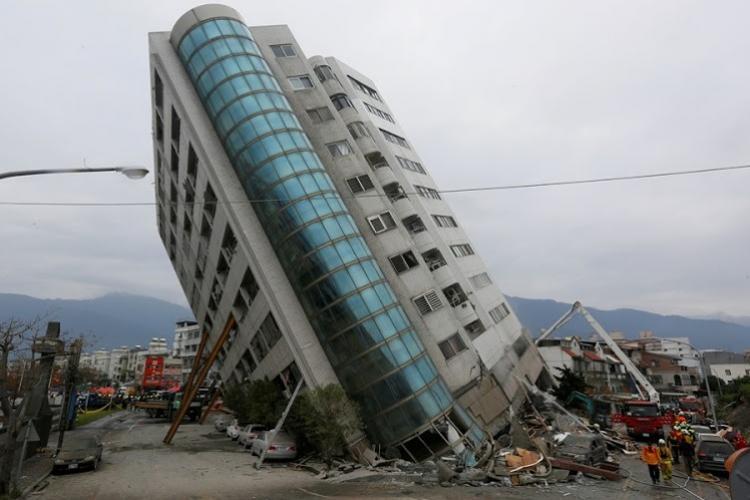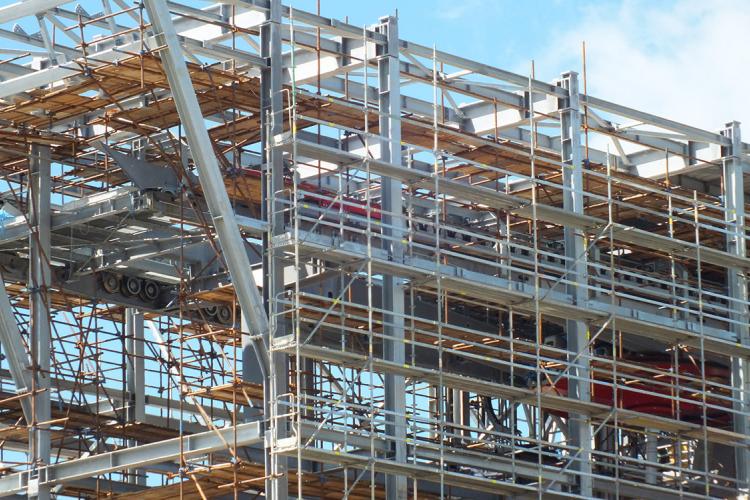
- 24 April 25
TMT Saria Price: 5 Key Factors that Influence the Price
When it comes to building projects, choosing the right materials is essential, and Thermo-Mechanically Treated Steel, or TMT Saria, is among the most important. Its strength and durability are unmatched, making it a vital part of reinforcing concrete structures.
In this blog, we will inform you about how to compare supplier prices correctly so that you can make the optimal decision for your construction needs.
What is TMT Saria and Why is it Important?
TMT Saria is steel used in building construction to provide strength to concrete. It is pressure-resistant, elastic, and tough and hence the best steel to be used for building construction, bridges, buildings, roads, and other infrastructure.
Any construction activity is reliant on the strength of the structure, which is reliant on the quality of TMT Saria, and hence good-quality steel must be sourced from well-known suppliers.
5 Key Factors Affecting TMT Saria Prices
Trade Tariffs and Import Duties: If you are purchasing TMT Saria from a foreign imported local dealer, tariffs in trade contribute heavily to the cost. The higher the tariffs, the more expensive it gets for the dealers, and this price transfer is usually passed on to the consumer.
Market Speculation: Prices of steel can also fluctuate due to market speculation. Supply and demand levels, depending on the construction trend, economy, and global market forces, lead to differing prices.
Government Policies and Regulations: Environmental policies, taxes, and subsidies directly influence prices. Green manufacturing policies may increase costs, while favorable state policies may reduce them.
Logistics and Transport Costs: Supplier distance affects price. While national suppliers may have lower base prices, delivery distance may increase the total cost.
Inflation and Raw Material Prices: The cost of iron ore and fuel significantly impacts TMT Saria manufacturing, directly influencing prices at the consumer level.
How to Compare TMT Saria Prices Effectively?
Request Quotes: Always ask for detailed quotes from both local and national suppliers, including transportation, discounts, and timelines.
Check Delivery Charges: National suppliers might offer lower base prices, but delivery costs could make local suppliers more cost-effective.
Take Bulk Discounts into Account: For large orders, negotiate bulk pricing. National suppliers may offer better rates for volume purchases.
Quality Control: Always check for certifications and industry compliance to ensure the quality of the TMT Saria.
Evaluate Customer Service: Check reviews, testimonials, and reliability. Good service includes timely delivery, consistent quality, and proper guarantees.
Making the Right Choice for Your Project
While purchasing TMT Saria based on your project needs, financial budget, and geographical location, the optimum selection is not a fixed parameter. While local sellers might offer price, logistical benefit in terms of geographical proximity and ready stock availability, national providers might offer more economical price while purchasing in large quantities or constant quality.
To get the best TMT Saria cost, always compare factors like price, delivery charges, discounts, and certifications. Ensure you’re getting the best Saria in India for your project’s specific needs. By evaluating these elements carefully, you’ll make an informed decision that ensures the structural integrity and cost-effectiveness of your construction project.
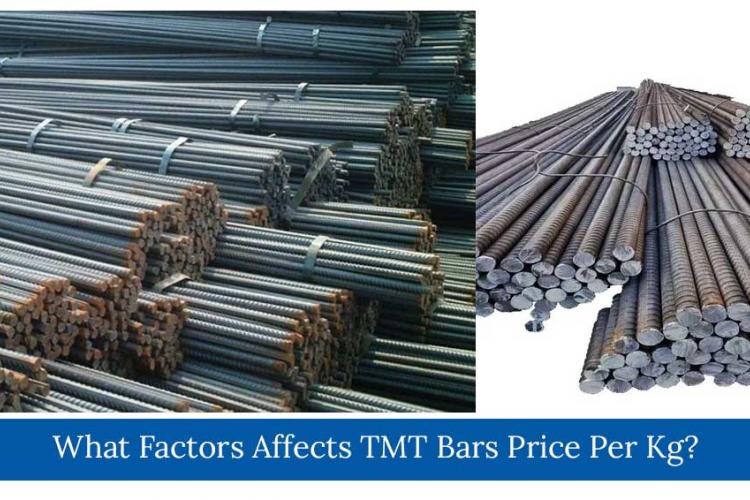
 24 May 25
24 May 25
